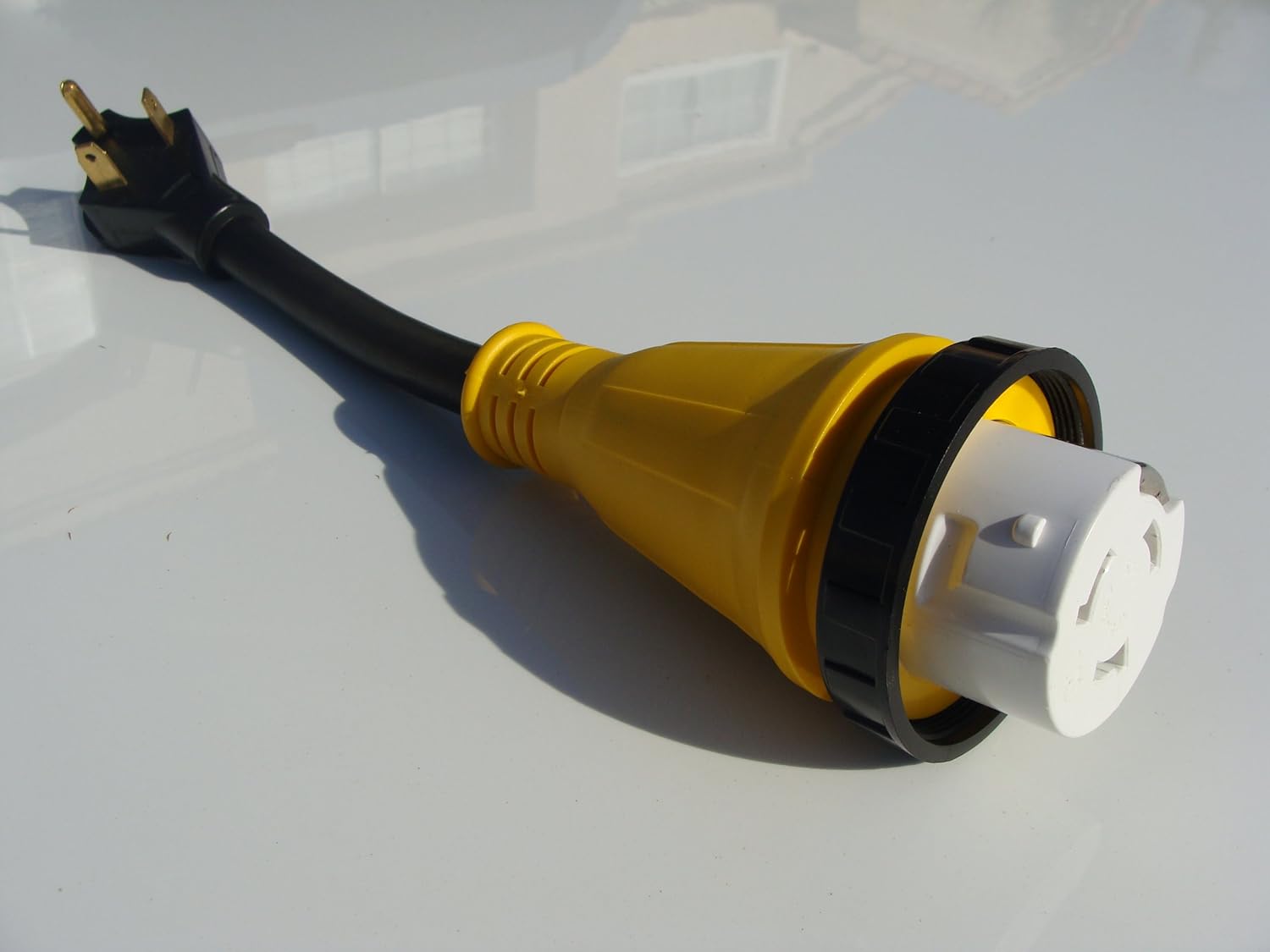

Articles
How Does A 50 Amp To 30 Amp Adapter Work
Modified: December 7, 2023
Discover how a 50 amp to 30 amp adapter works with informative articles on power conversion, compatibility, and safety precautions.
(Many of the links in this article redirect to a specific reviewed product. Your purchase of these products through affiliate links helps to generate commission for Storables.com, at no extra cost. Learn more)
Introduction
Welcome to the world of RV camping and electrical hookups! If you’re an avid camper or own an RV, you’ve likely encountered different electrical systems and outlet configurations. One common scenario is when you arrive at a campsite or RV park and discover that the electrical hookup is a 30 amp outlet, but your RV is equipped with a 50 amp cord. This is where a 50 amp to 30 amp adapter becomes extremely handy.
In this article, we’ll delve into the workings of a 50 amp to 30 amp adapter and how it enables you to connect your RV to a 30 amp power source. We’ll explore the basic concepts of amps and adapters, discuss the purpose and components of the adapter, and uncover the mechanisms behind its functionality. By the end, you’ll gain a clear understanding of how this adapter allows you to power your RV in a safe and efficient manner.
So, let’s dive in and unravel the mysteries of the 50 amp to 30 amp adapter!
Key Takeaways:
- A 50 amp to 30 amp adapter allows RV owners to bridge the gap between different electrical systems, providing a safe and reliable connection to power their appliances while camping in locations with 30 amp power outlets.
- Prioritizing safety, using surge protectors, and managing energy consumption are crucial when using a 50 amp to 30 amp adapter, ensuring a secure electrical connection and protecting the RV’s electrical system.
Read more: How Does Bluetooth Adapter Work
Understanding the Basics of Amps and Adapters
Before we delve into the specifics of the 50 amp to 30 amp adapter, it’s important to familiarize ourselves with the basic concepts of amps and adapters.
The unit of measurement for electrical current is called an ampere, or amp for short. Amps represent the rate at which electric charge flows through a circuit. In the context of RV camping, amps determine the amount of electrical power that can be safely drawn from a power source to run various appliances and devices in the RV.
RVs are typically equipped with either a 30 amp or a 50 amp electrical system. A 30 amp system can provide a maximum of approximately 3,600 watts of power, while a 50 amp system can provide up to 12,000 watts of power. The type of electrical system your RV has depends on its size, power requirements, and the appliances it supports.
Now, let’s discuss adapters. An adapter is a device that allows you to connect two different electrical systems or outlets together. In the case of RV camping, adapters are commonly used to connect RVs with 50 amp cords to 30 amp power sources. These adapters ensure compatibility between the RV’s electrical system and the available power supply.
Adapters come in various shapes and sizes, depending on the specific electrical configuration you need to connect. Some adapters allow you to go from a higher amp rating to a lower amp rating, like the 50 amp to 30 amp adapter we’re focusing on. Others may facilitate connections between different types of outlets, such as from a 30 amp RV outlet to a standard household outlet.
By understanding the basics of amps and adapters, you can grasp the fundamental principles behind the functionality and purpose of a 50 amp to 30 amp adapter. In the next section, we’ll uncover why this adapter is essential for RV owners and how it enables them to utilize a 30 amp power source.
The Purpose of a 50 Amp to 30 Amp Adapter
As an RV owner, encountering different electrical hookups is a common occurrence. Many campgrounds and RV parks provide 30 amp power outlets, while larger and more modern RVs often come equipped with a 50 amp electrical system. This discrepancy can pose a challenge, as you need a way to connect your 50 amp RV to a 30 amp power supply. This is where the 50 amp to 30 amp adapter comes into play.
The primary purpose of a 50 amp to 30 amp adapter is to bridge the gap between your RV’s electrical system and the available 30 amp power source. It allows you to safely and efficiently connect your RV to the campground’s electrical infrastructure, ensuring that you have access to power for all your appliances and devices.
By utilizing this adapter, you can overcome the limitation of having a 50 amp electrical system in an environment that only provides 30 amp power. It provides the necessary interface, allowing your RV’s electrical components to receive the appropriate amount of power without risking damage or overloading the circuit.
In addition to its functional purpose, the 50 amp to 30 amp adapter offers convenience and flexibility. Rather than restricting your camping options to locations that specifically offer 50 amp power outlets, you can confidently explore a wider range of campgrounds, knowing that you can adapt to different electrical setups.
It’s important to note that while the 50 amp to 30 amp adapter enables you to connect your RV to a 30 amp power source, it does have limitations. A 30 amp power supply can provide a lower amount of power compared to a 50 amp outlet. Therefore, it’s crucial to be mindful of your energy consumption and avoid running multiple high-powered appliances simultaneously to prevent overloading the circuit.
Now that we understand the purpose of a 50 amp to 30 amp adapter, let’s take a closer look at its components and how they work together to facilitate the connection between your RV and the 30 amp power supply.
Components of a 50 Amp to 30 Amp Adapter
A 50 amp to 30 amp adapter is a straightforward device consisting of a few essential components that work together to enable the connection between your RV’s 50 amp electrical system and the available 30 amp power source.
1. Male 50 Amp Plug: The adapter typically features a male 50 amp plug on one end. This plug is designed to fit into the 50 amp outlet on your RV, ensuring a secure and reliable connection.
2. Female 30 Amp Receptacle: The other end of the adapter has a female 30 amp receptacle. This receptacle is compatible with the 30 amp power supply at the campground or RV park, allowing you to plug in and draw power from it.
3. Wiring and Internal Connections: Inside the adapter, there are multiple internal connections and wiring that ensure the transfer of electrical power between the 50 amp plug and the 30 amp receptacle. These connections are designed to handle the electrical load and safely transmit the power from the power source to your RV.
4. Housing: The components of the adapter are housed within a durable and heat-resistant outer casing. The housing not only provides physical protection for the internal components but also helps prevent accidental contact with live electrical parts.
5. Safety Features: Many adapters come equipped with additional safety features to protect both your RV and the electrical system you’re connecting to. These features may include built-in surge protection, overload protection, and circuit breakers to safeguard against power surges and prevent damage to your devices or electrical system.
These are the primary components that make up a 50 amp to 30 amp adapter. Together, they allow you to establish a secure and reliable connection between your RV and the available 30 amp power supply, enabling you to power your RV’s appliances and devices during your camping adventures.
Now that we’ve examined the components of the adapter, let’s explore how it actually works to facilitate the connection and the transfer of power from the power source to your RV.
A 50 amp to 30 amp adapter works by allowing you to connect a 30 amp RV power cord to a 50 amp power source. The adapter reduces the power to match the capacity of the 30 amp cord, ensuring safe and compatible electrical connections.
How Does the 50 Amp to 30 Amp Adapter Work?
Now that we understand the components of a 50 amp to 30 amp adapter, let’s dive into how this device actually works to facilitate the connection between your RV and the 30 amp power source.
The adapter acts as a intermediary between the 50 amp electrical system of your RV and the 30 amp power supply at the campground or RV park. It allows you to safely connect your RV to the power source, ensuring that the electrical load is managed appropriately.
When you plug the male 50 amp plug of the adapter into the 50 amp power outlet on your RV, it establishes a secure connection. This connection allows the transfer of power from your RV’s electrical system to the internal wiring of the adapter. The internal wiring then guides the electrical current to the female 30 amp receptacle on the other end of the adapter.
Once plugged into the 30 amp power supply, the female 30 amp receptacle completes the connection, allowing the power source to deliver electricity to your RV. The internal wiring of the adapter ensures that the electrical load is appropriately managed, preventing any overload on the circuit and keeping your RV’s electrical system protected.
It’s important to note that a 50 amp to 30 amp adapter does not increase or decrease the amount of power available. It simply allows you to connect your RV to a power source with a lower amp rating, which in this case is the 30 amp power supply. It’s crucial to be mindful of the power limitations of the 30 amp power supply and your RV’s electrical needs to avoid overloading the circuit.
In addition to facilitating the connection between your RV and the 30 amp power supply, some adapters also include safety features such as surge protection, overload protection, and circuit breakers. These features help safeguard your RV’s electrical system by preventing power surges and tripping the circuit breaker in the event of an overload.
By utilizing a 50 amp to 30 amp adapter, you can ensure compatibility between your RV’s electrical system and the available power source, enabling you to power your appliances and devices while camping in locations that offer only 30 amp power outlets.
Now that we’ve explored how the 50 amp to 30 amp adapter works, let’s move on to discuss important safety considerations and best practices when using this adapter.
Read more: How Many Breakers In A 50 Amp Sub Panel
Safety Considerations and Best Practices
While using a 50 amp to 30 amp adapter can be convenient and practical, it’s crucial to prioritize safety when connecting your RV to a power source. Here are some important safety considerations and best practices to keep in mind:
1. Choose a high-quality adapter: Invest in a reliable and well-built adapter from a reputable manufacturer. This ensures that the adapter is designed to handle the electrical load and provides the necessary safety features for optimal performance.
2. Inspect the adapter before use: Before connecting the adapter, inspect it for any signs of damage or wear. Look for frayed wires, loose connections, or any other visible issues that could compromise its safety and functionality. If you notice any problems, replace the adapter to prevent potential electrical hazards.
3. Use the adapter properly: Follow the manufacturer’s instructions for proper usage of the adapter. Ensure that the male 50 amp plug is securely inserted into your RV’s 50 amp power outlet, and the female 30 amp receptacle is properly plugged into the 30 amp power supply. Avoid forcing or twisting the adapter in a way that could cause damage or create an unstable connection.
4. Avoid overloading the circuit: The 30 amp power supply has its limitations, so it’s important to manage your energy consumption accordingly. Be mindful of the electrical load you’re placing on the circuit and avoid running multiple high-powered appliances simultaneously. This helps prevent overloading the circuit, which could lead to tripped breakers or potential damage to your RV’s electrical system.
5. Use surge protectors: Consider using additional surge protectors in conjunction with the 50 amp to 30 amp adapter. Surge protectors help safeguard your RV’s electrical system by protecting against power surges and voltage spikes. They provide an extra layer of protection and can save your RV’s appliances and devices from potential damage.
6. Regularly check the power source: Before plugging in your RV, inspect the 30 amp power supply for any visible damage or loose connections. If you’re unsure about the safety of the power source, contact the campground or RV park staff to address the issue before connecting your RV.
7. Follow campground rules and regulations: Some campgrounds may have specific guidelines or restrictions regarding the use of adapters. Familiarize yourself with the campground’s rules and adhere to them to ensure a safe and enjoyable camping experience.
By following these safety considerations and best practices, you can use the 50 amp to 30 amp adapter confidently, knowing that you’re taking the necessary precautions to protect your RV and ensure a secure electrical connection.
Now let’s conclude our exploration of the 50 amp to 30 amp adapter.
Conclusion
In conclusion, a 50 amp to 30 amp adapter is an essential tool for any RV owner who encounters different electrical hookups while on their camping adventures. It serves the purpose of allowing you to connect your 50 amp RV to a 30 amp power source, ensuring a safe and reliable electrical connection.
By understanding the basics of amps and adapters, you have gained valuable knowledge about how electrical current flows through a circuit and how adapters bridge the gap between different electrical systems. This understanding has given you insights into the functionality and purpose of the 50 amp to 30 amp adapter.
We explored the components of the adapter, including the male 50 amp plug, female 30 amp receptacle, internal wiring, and safety features. These components work together to establish a secure and efficient connection between your RV’s electrical system and the 30 amp power supply at the campground or RV park.
It’s important to follow safety considerations and best practices when using the 50 amp to 30 amp adapter. Choosing a high-quality adapter, inspecting it for any damage, and using it properly are crucial for ensuring safety. Managing the electrical load, using surge protectors, and regularly checking the power source are additional steps to protect your RV’s electrical system and prevent potential hazards.
With a 50 amp to 30 amp adapter, you can expand your camping options and confidently explore locations that only offer 30 amp power outlets. The adapter provides convenience and flexibility, allowing you to connect your RV to different electrical setups while enjoying the comforts of your home on wheels.
As you embark on your camping adventures, remember to prioritize safety, be conscious of your energy consumption, and adhere to campground rules and regulations. By doing so, you can make the most of your RV camping experience while ensuring the longevity of your RV’s electrical system.
Now that you have a thorough understanding of how the 50 amp to 30 amp adapter works and the safety considerations involved, you can confidently adapt to various electrical configurations and focus on enjoying your time in the great outdoors.
Frequently Asked Questions about How Does A 50 Amp To 30 Amp Adapter Work
Was this page helpful?
At Storables.com, we guarantee accurate and reliable information. Our content, validated by Expert Board Contributors, is crafted following stringent Editorial Policies. We're committed to providing you with well-researched, expert-backed insights for all your informational needs.
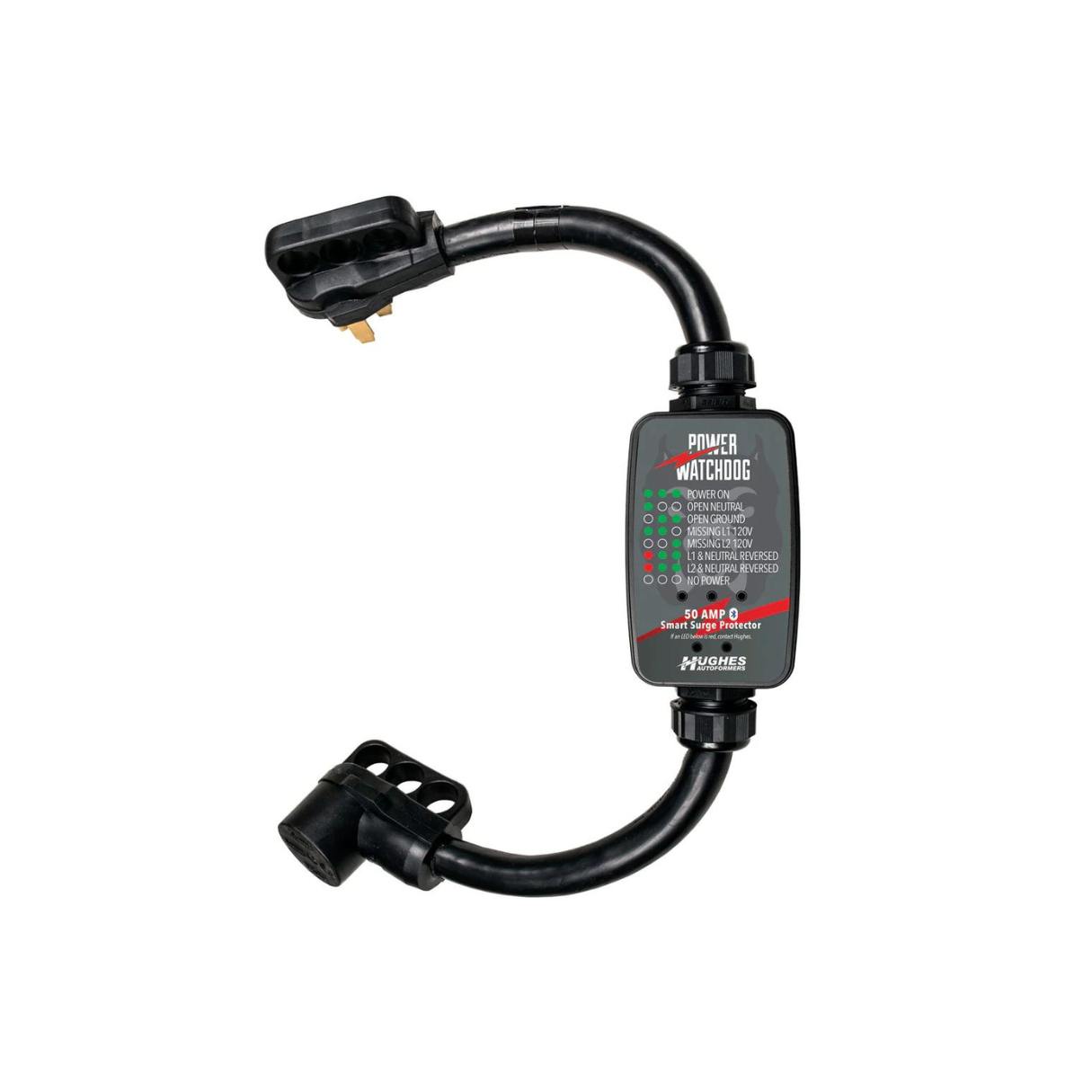
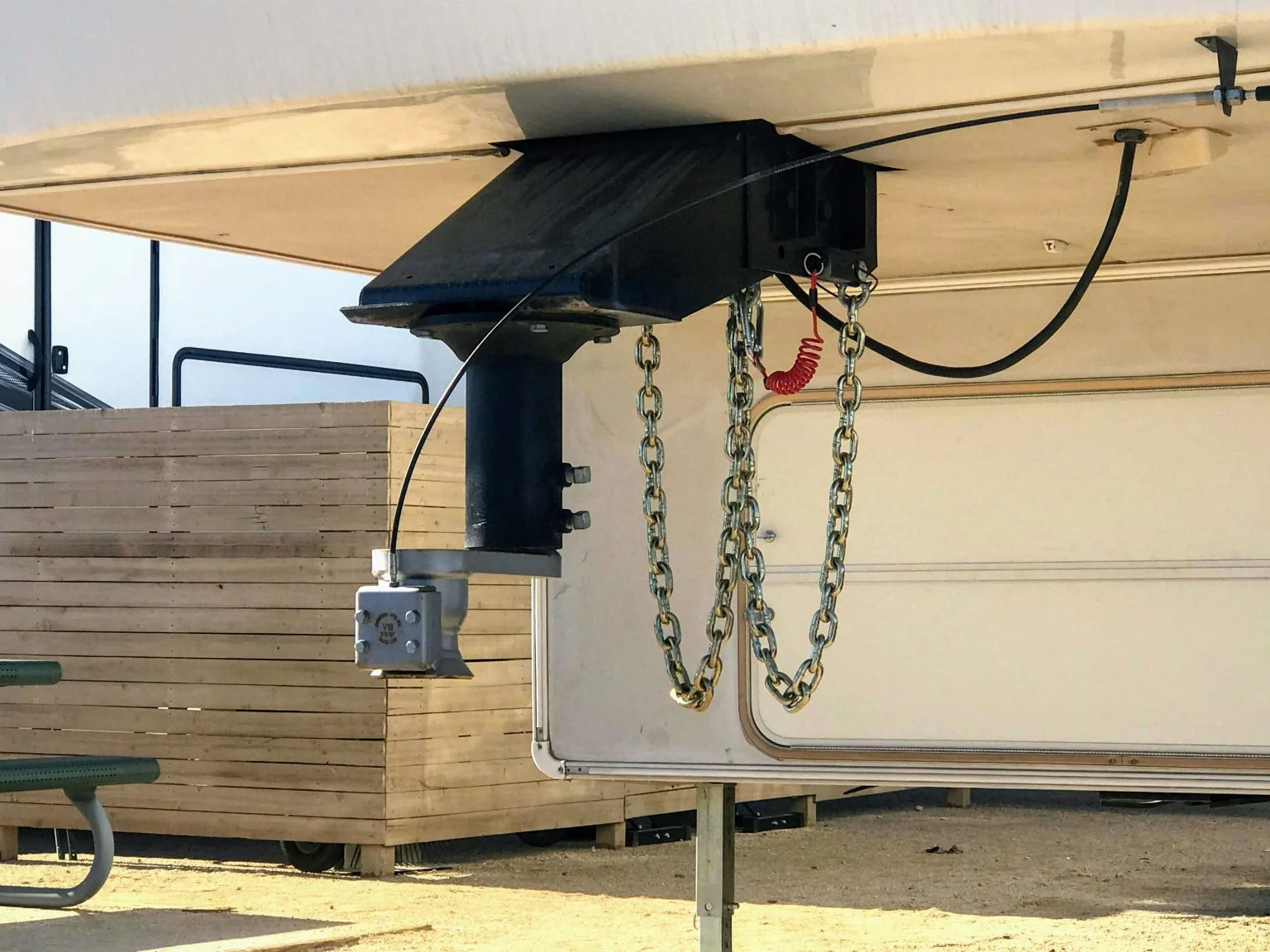
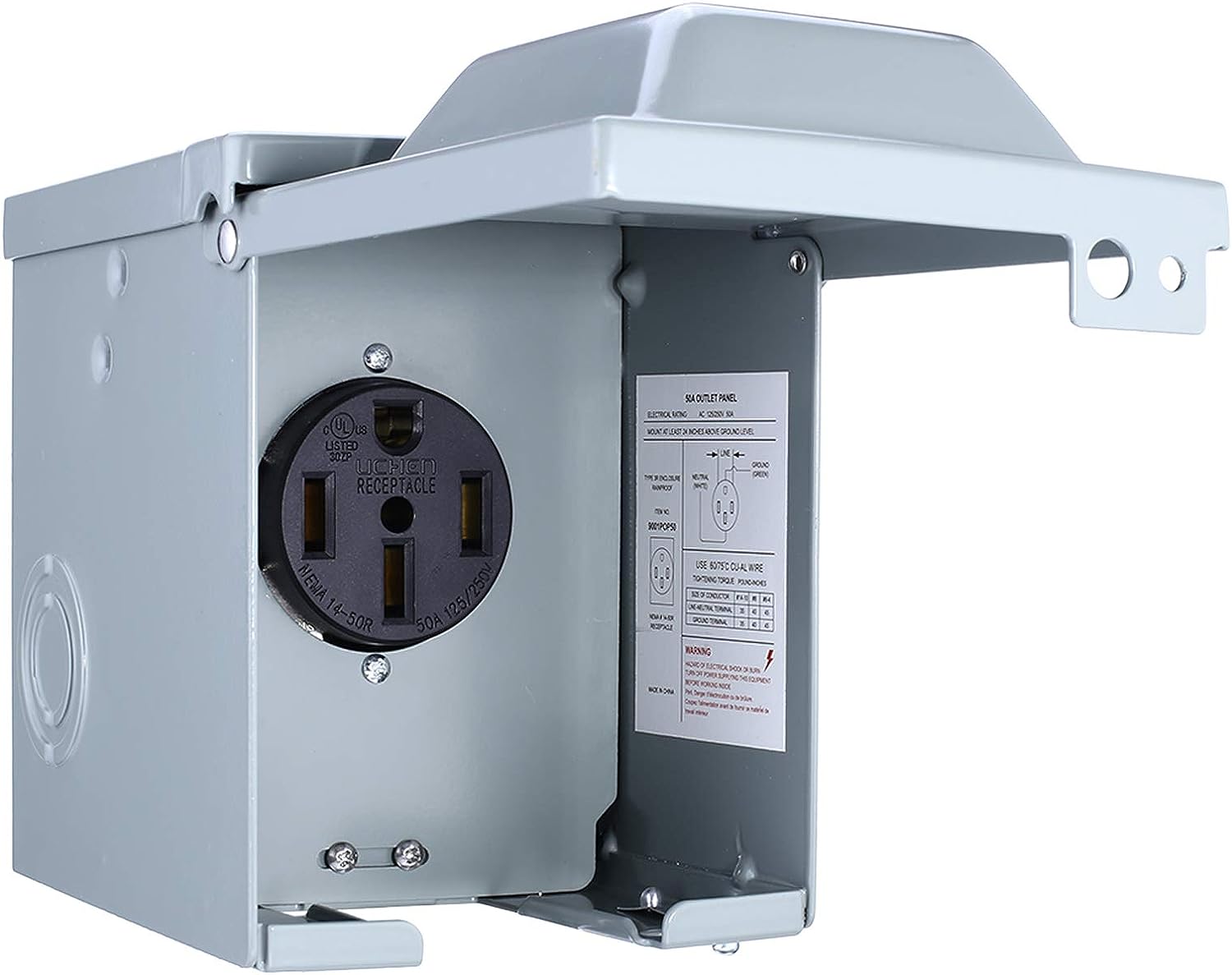
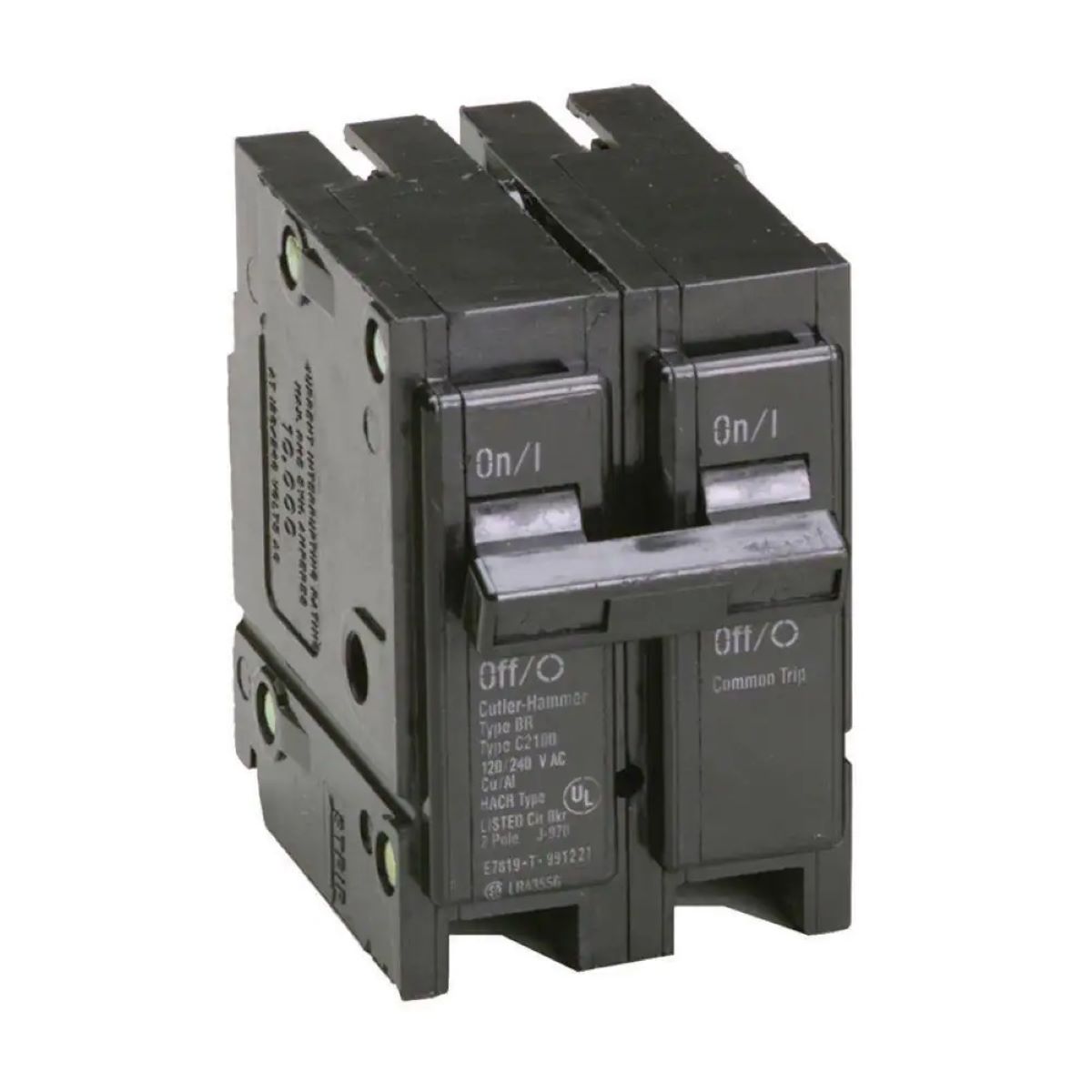
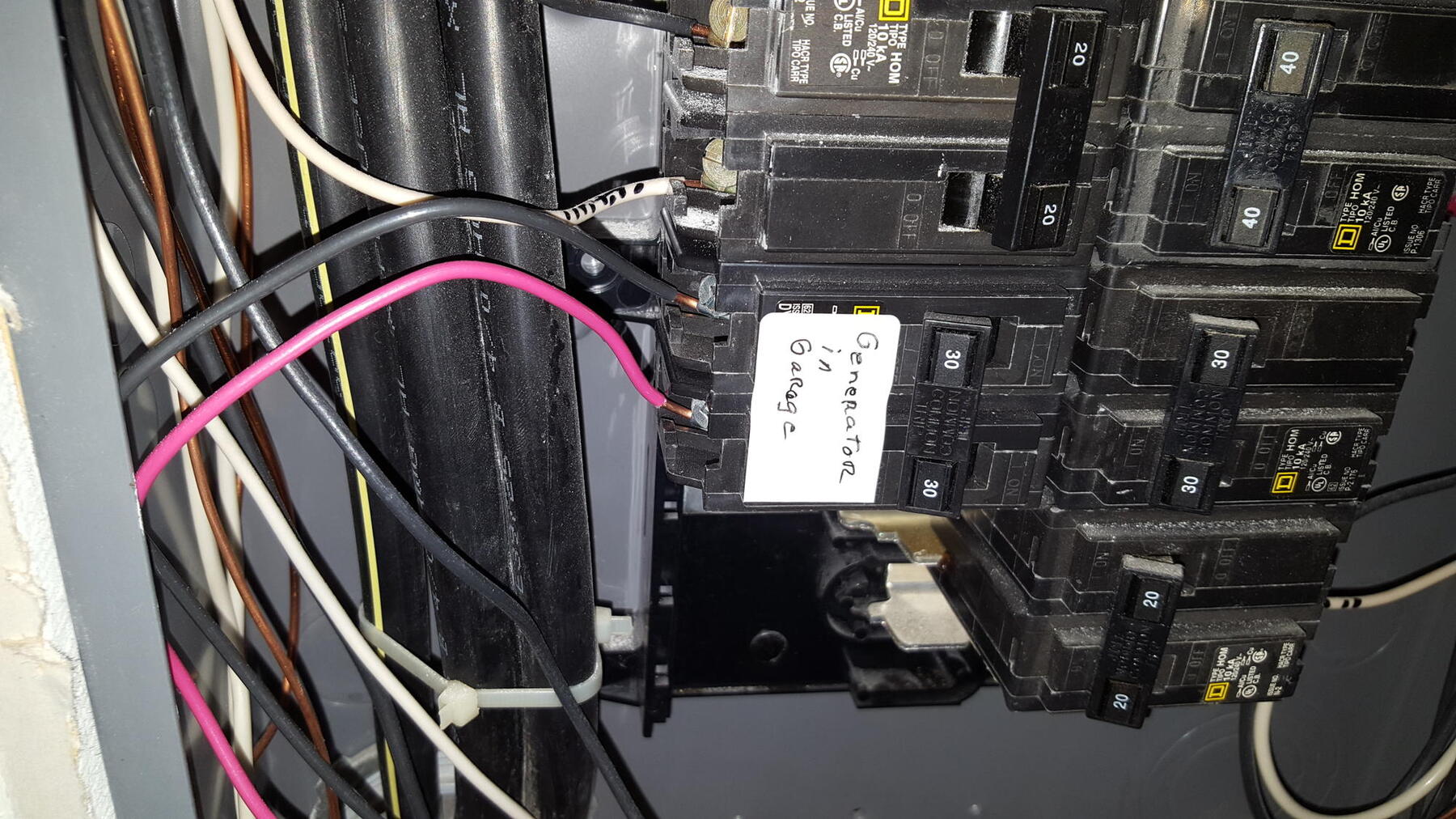
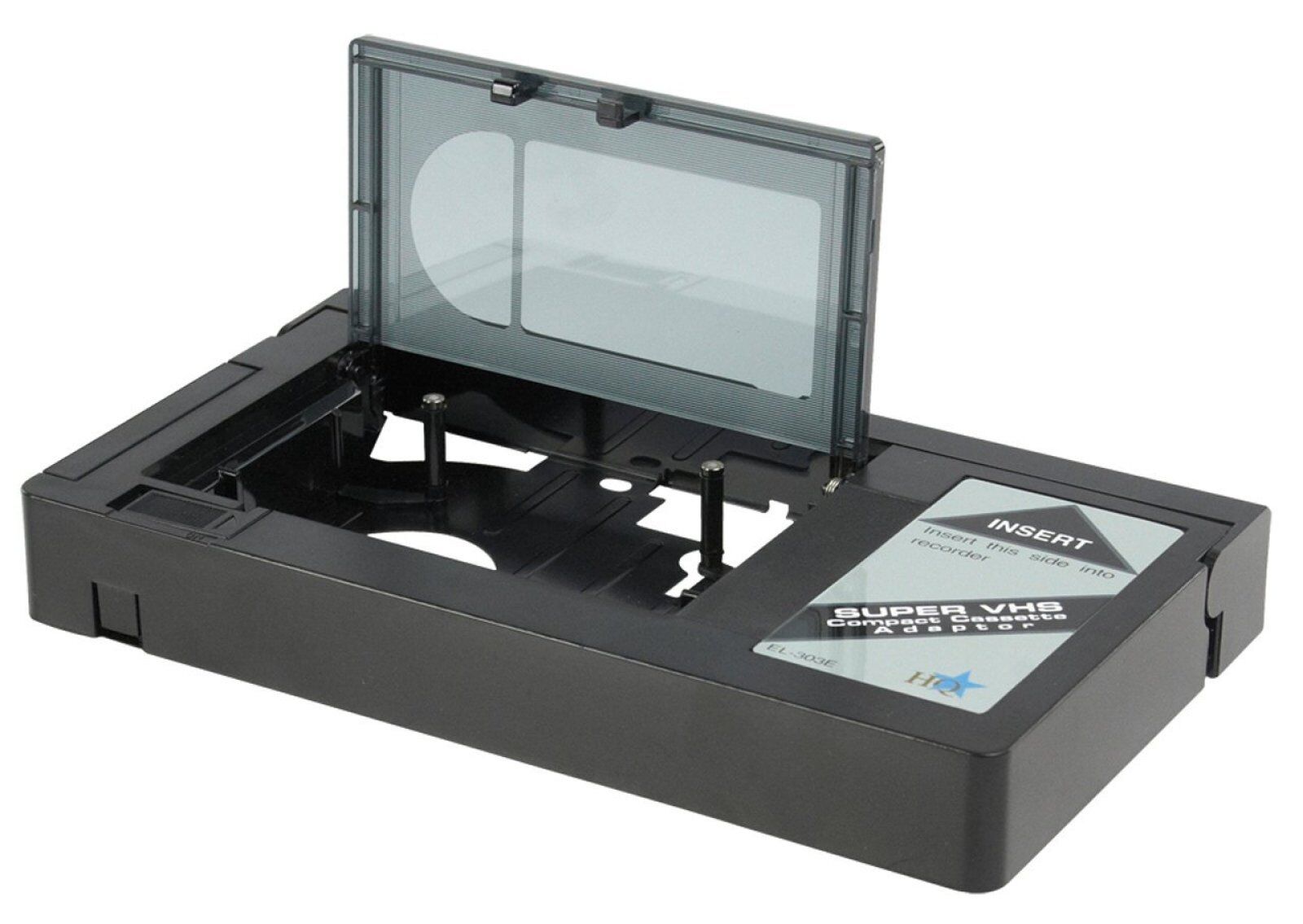

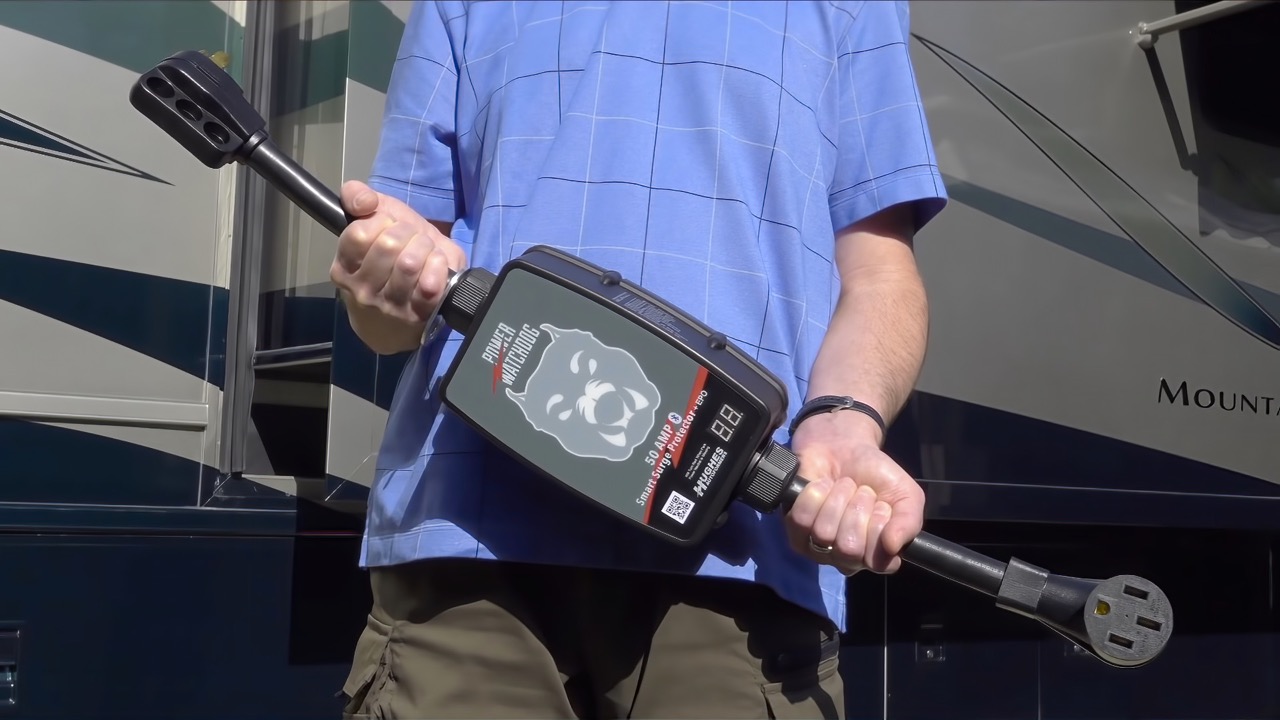
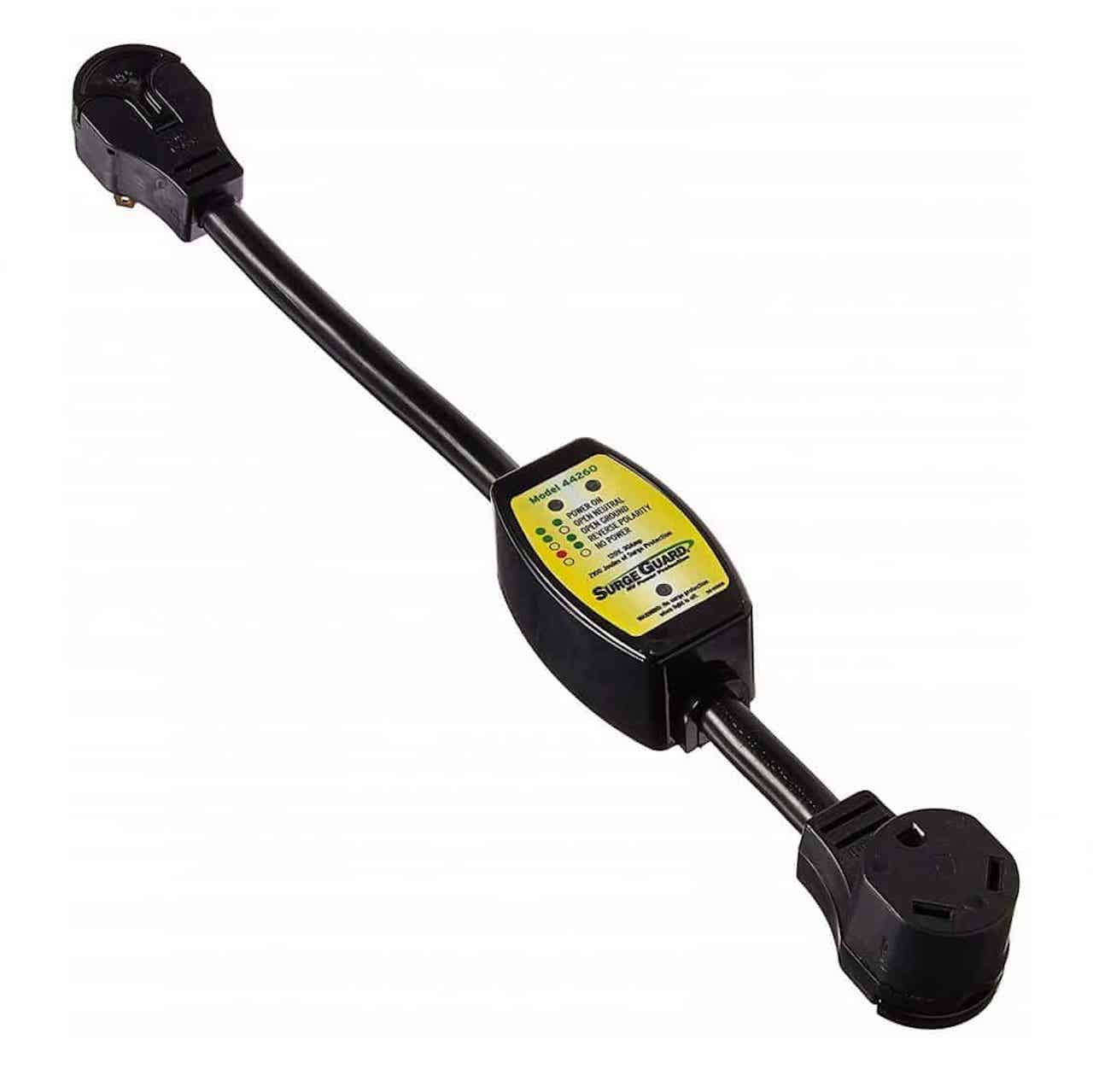
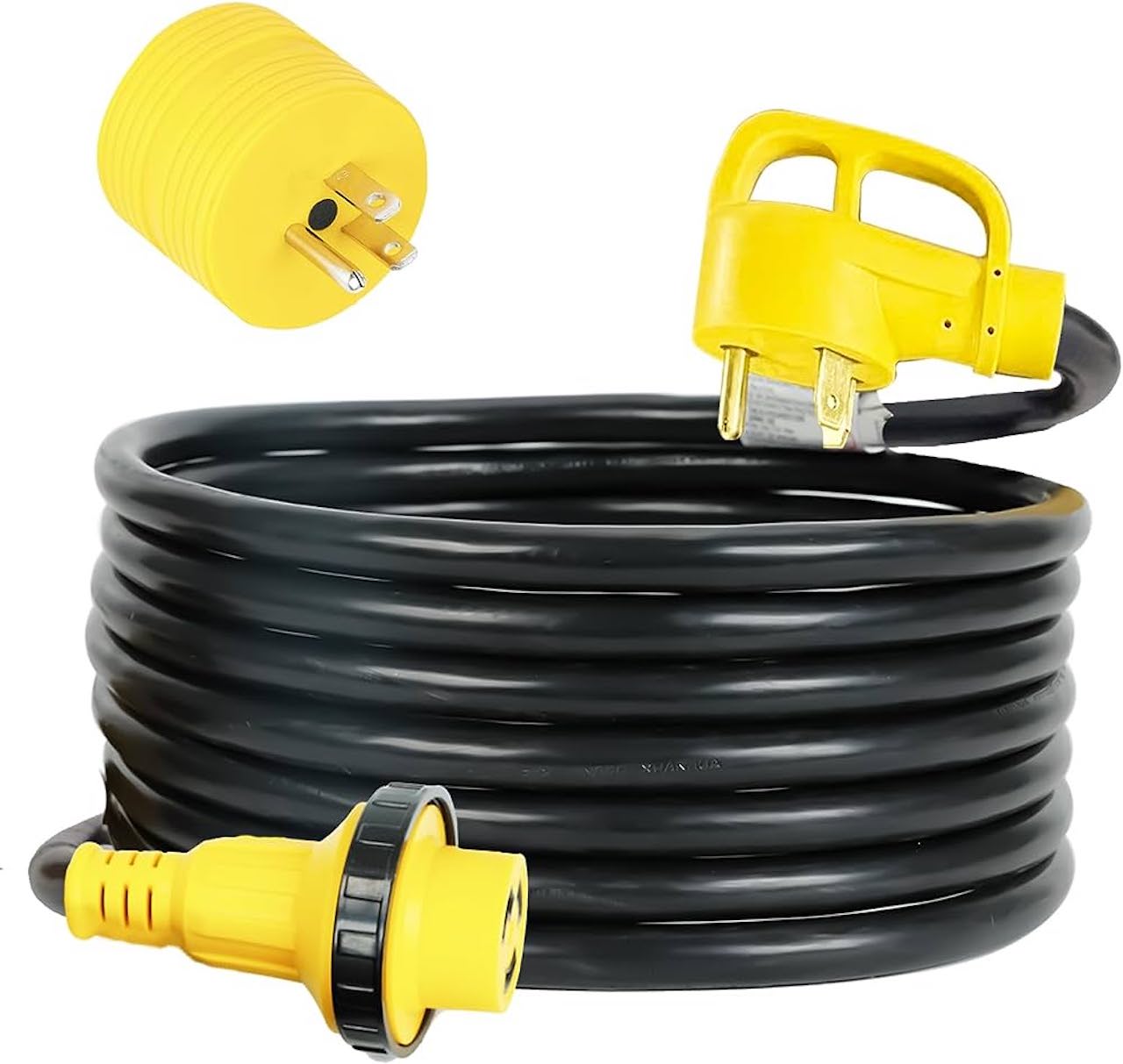
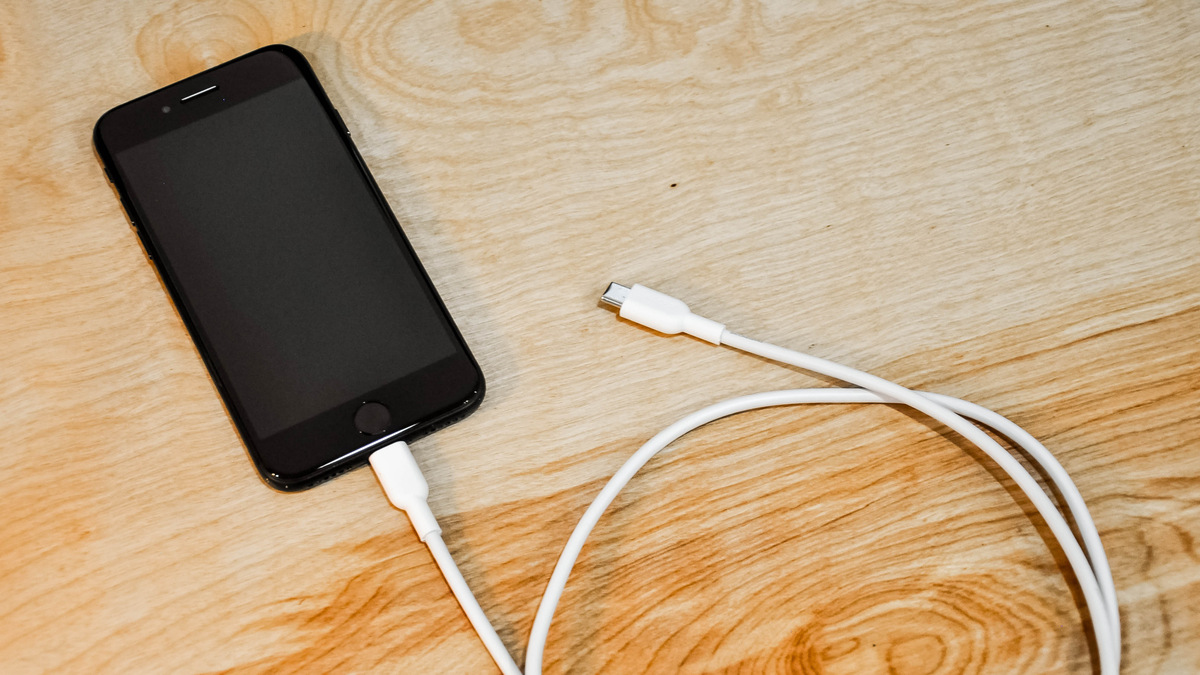


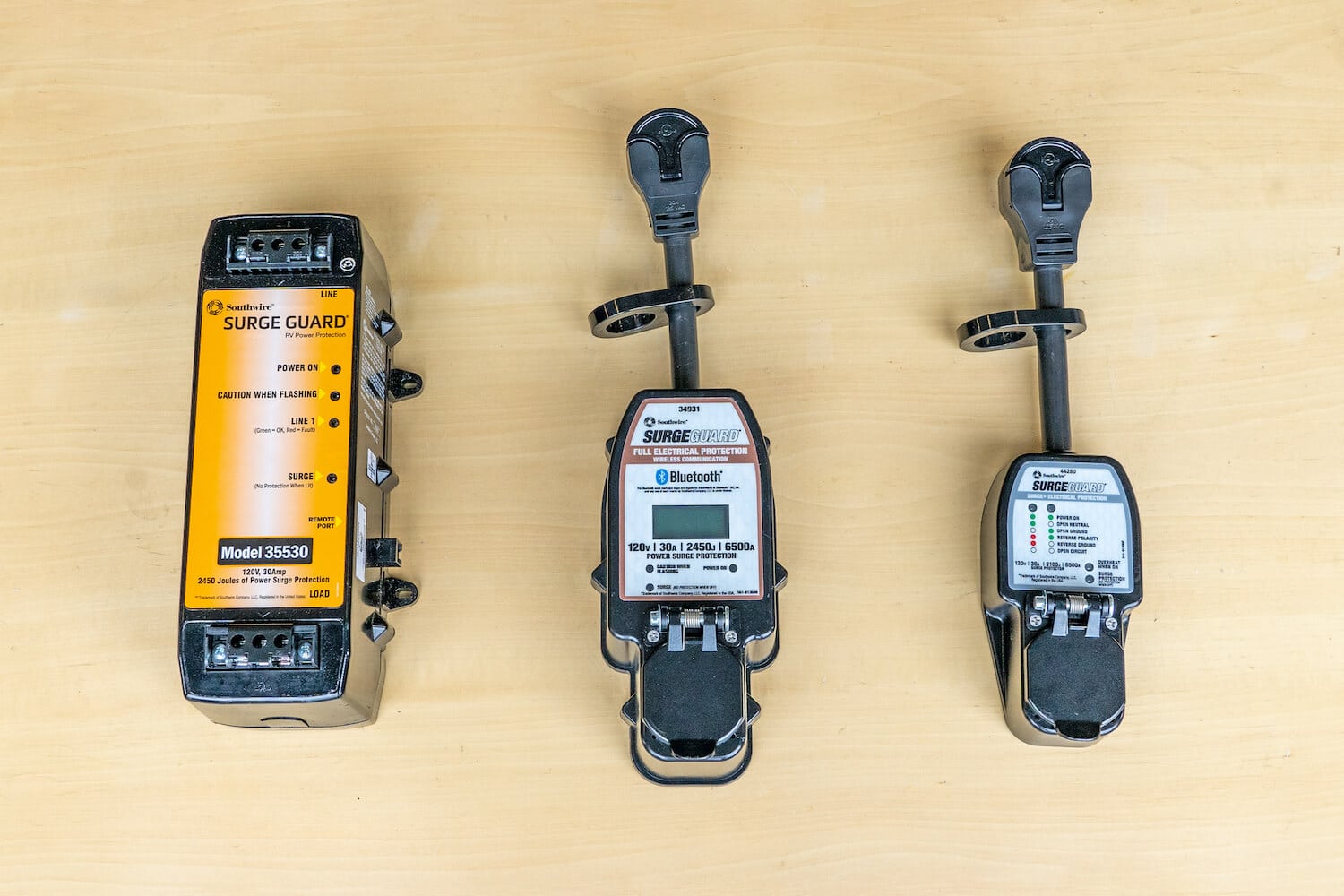

0 thoughts on “How Does A 50 Amp To 30 Amp Adapter Work”